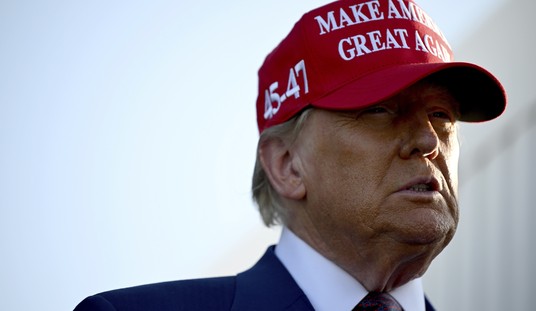
Last week, The Hill’s John Solomon, a long-time Washington investigative journalist who has followed this story closely, reported twin bombshell reports about a previously unknown meeting between dossier author Christopher Steele and Deputy Assistant Secretary of State Kathleen Kavalec. (I wrote about the details here and here.) Among other things, Steele had revealed that his client was “keen” to break the story before Election day and that he had leaked to the media. This prompted Kavalec to write a memo to inform the FBI of what she had learned. She sent her memo via email to the FBI on October 13, 2016, eight days before the FBI submitted their application (for a warrant to spy on former Trump campaign advisor Carter Page) to the FISA Court.
Conservative group Citizens United, through a FOIA request, obtained copies of Kavalec’s memo and notes last week. However, the documents had been so heavily redacted by the FBI (who had retroactively classified them) that it was impossible to determine who the recipient was.
In fact, only one sentence of the memo was left unredacted, which said, “You may already have this information but wanted to pass it on just in case.” There was also an attachment which Solomon’s sources said was “information Steele shared with Kavalec that she felt needed to be transmitted to the bureau.”
He reported that multiple sources have confirmed that Kavalec’s email was received by Special Agent Stephen Laycock, who was Kavalec’s normal point of contact on Eurasian counterintelligence matters. At the time, Laycock was the FBI’s section chief for Eurasian counterintelligence that same day. (He currently serves as the assistant director for intelligence under Director Christopher Wray.)
His sources further told him that Laycock immediately forwarded the email to the FBI team in charge of the Trump/Russia investigation, which was led by Peter Strzok.
So, this information was received eight days before FBI officials swore to the FISA Court that they “had no derogatory information on Steele” and presented his bogus dossier as the basis of their application for the warrant.
Solomon was unable to determine what happened to the email after it had been received by the Strzok team.
He wrote:
The email exchange means FBI supervisors knew Steele had contact with State and had reason to inquire what he was saying before they sought the warrant. If they had inquired, agents would have learned Steele had admitted to Kavalec he had been leaking to the news media, had a political deadline of Election Day to get his information public and had provided demonstrably false intelligence in one case.
Current and former FBI officials told me it would be a red flag for an FBI informant on a sensitive counterintelligence case such as Russia to go talking about his evidence with another federal agency without authorization.
Solomon spoke to Kevin Brock who had served as the FBI assistant director for intelligence. Brock said:
The State Department’s email in October 2016 ordinarily should have triggered the FBI to re-evaluate Steele as a source. This is quite important. Under normal circumstances, when you get information about the conduct of your source that gives rise to questions about their reliability or truthfulness, you usually go back and re-evaluate their dependability and credibility.
It doesn’t always mean immediate discontinuation of the source. But there are policy requirements that you exercise some form of prudence, and conduct further vetting to determine whether this source can be utilized going forward. This is particularly true if the source’s information is being used in an affidavit or some other legal process.
When the FBI contracts with an informant, the individual is required to undergo “admonishment” training, where they learn the “rules” of the game. For example, they are forbidden to speak to the media and they must receive authorization from the FBI before speaking with people from other government agencies. Despite signing such an agreement on February 2, 2106, Steele broke both of these rules and was fired on November 1, 2016. By then, Solomon points out, the FBI had already used “Steele’s intelligence as the main evidence to secure the FISA warrant against the Trump campaign.”
Although the FBI had fired Steele, they continued to receive his information through DOJ official Bruce Ohr, whose wife, Nellie Ohr, worked as a researcher at Fusion GPS. She focused on digging up dirt on Trump and his family.
Solomon said he was unable to learn any information regarding two email exchanges about Steele between Kavalec and FBI officials which occurred “on Sept. 29-30, 2016. They have been redacted, except for a single phrase “Thank you Kathy.” Congressional investigators want to know if the earlier exchange resulted in Kavalec learning in advance of Steele’s work for the FBI, or was a further tipoff to the FBI of Steele’s intention to visit State, a department where he had offered pro bono information in the past.”













Join the conversation as a VIP Member